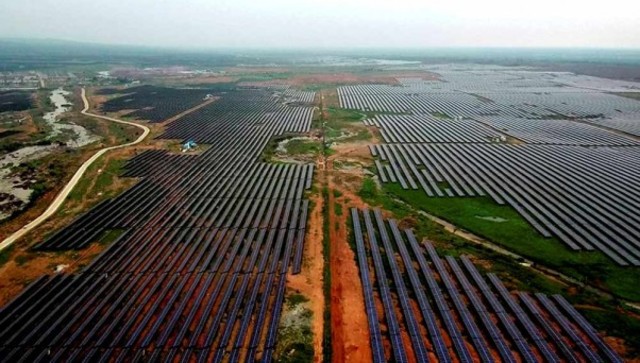As a stimulus-fed global economy chugs to recovery, the world is witnessing a shortage of resources. Oil prices are at a three-year high, have, once again, attracted considerable attention. To elaborate, India has reported coal shortages, China faces power outages and fuel pumps run dry in the United Kingdom. In Europe, the prices of natural gas have risen to 400 percent and, the prices of electricity have risen to 250 percent since the beginning of 2021. As consumer demand rises, manufacturers are unable to meet demand due to supply chain snarls. The collective effect has caused a grave shortage of resources that underpin modern life. Experts have rained down on the government for policies that seek decarbonization. Over the years, nations have encouraged the production of renewable energy to meet sustainability goals. With upcoming climate change conferences and summits such as United Nations’ COP26 climate conference in Glasgow and the Saudi Green Initiative summit in Riyadh, countries are expected to double pledges to cut carbon intensity amidst this acute energy deficit. Over the years, countries have raised renewable energy goals in the quest to reduce the energy intensity of their economies. Recently, India re-affirmed its commitment to running the world’s largest clean energy programme and achieve 175 GW of renewable capacity, including 100GW of solar power by 2022. Investor confidence in the renewable energy sector has also seen an upswing. Recently, Saudi Arabia’s chemical giant SABIC announced working with Indian Oil Corp. to help the Indian auto sector reduce carbon emissions. Both parties will work together to provide technical grade urea which will help in reducing India’s nitrogen dioxide emissions from diesel vehicles by up to 70 percent. Additionally, Saudi Arabia’s Alfanar also acquired wind turbine maker Senvion India which recently won an order to supply wind turbines for a 591-MW project of JSW Energy . The UAE government has also committed $75 billion worth of sovereign funds to India for their shared vision for clean energy. Recently, India and the UK agreed to collaborate to create a greener future powered by clean energy. The collaboration through the India-led International Solar Alliance aims to mobilize around $1 trillion of investments in solar energy by 2030 . Technology is playing a big role in driving adoption of renewable energy globally. The carbon capture, utilization, and storage (CCUS), has proven crucial in the journey of zero-emission. Many countries like the United States, the UK, Europe, Saudi Arabia, China, and New Zealand have adopted this technology of capturing and storing CO2 deep underground and turning it into useful products. While CCUS is at its infancy in the UK, the UK’s Committee on Climate Change (CCC) has set a capture and storage target of 176 Mt CO2 per year by 2050, compared with the current levels of less than 0.5 Mt . The oil and chemical giant, Saudi Aramco, uses CCUS to maintain pressure in the reservoirs and improve oil recovery. In 2019, Saudi Aramco displayed a truck that could drop carbon emissions to an estimated 50 percent of the baseline vehicle. In India, the project of carbon-capturing is at a nascent stage, but the potential of breakthrough technology has been recognized and is being worked upon. In September 2021, Tata Steel commissioned a 5-tonne per day (TPD) carbon capture plant at its Jamshedpur Works, making it the country’s first steel company to adopt such a carbon capture technology that extracts CO2 directly from the blast furnace gas. In their quest to meet ambitious green targets, nations are making a desperate attempt to move off traditional fuels. Amid the current crisis, countries must change and evolve their policies to create a balance between traditional and renewable energy. Once the balance is maintained, the countries would be able to accelerate efforts to develop clean energy and reduce emissions. The author is a professor and principal of Maharaja Agrasen College, University of Delhi.
Here's why countries must seek balance in energy mix as they chase climate goals
Sanjeev Kumar Tiwari
• October 15, 2021, 11:12:57 IST
As consumer demand rises, manufacturers are unable to meet demand due to supply chain snarls. The collective effect has caused a grave shortage of resources that underpin modern life.
Advertisement
)
End of Article